Artificial intelligence is on the upswing, and many practitioners want their businesses to use it in turn for improvement. Even with all the enthusiasm behind it, it is not always easy to use the AI machine intelligently. Companies face issues on many fronts: unclear goals, lack of skills, or fear of change. Fortunately, all of these problems come with remedies.
This blog article discusses seven easy yet practical ways to ease AI adoption for businesses and give it a better shot at success.
Define Clear Business Goals Before Adopting AI
Know what you want to achieve
Before deployment of AI, clearly identify what problems you want to solve, such as saving time, improving customer service or reducing costs.
Set clear and specific goals
Don't say We want to use AI. Be specific: "We want to reduce delivery time by 20% using AI.
Align AI objectives to business needs
The plan on AI must contribute to the growth or improved working of the organization. It should be in line with the organization's major goals.
Start with small and real targets
Start with simple, less strenuous goals and make the team see results soon, thus keeping their motivation going.
Measure your success
The first criterion is knowledge about most success through numbers, looking for progress in the AI project and making improvements. Keeping the track helps remain on track.
Adopt a Phased Implementation Approach
Risky and confusing, diving in headfirst into AI is never a good idea. Instead, it is preferred to take a gradual approach where one business unit is introduced to AI. Testing how AI works in one area of the business and learning from those results minimizes errors and keeps everything under control. As familiarity builds up in teams, expansion of AI into other business units can be introduced. The phased approach also means that fixing problems is completed quickly in the earlier time frame. Thus the AI journey becomes an easier and more successful one.
Prioritize Data Accessibility and Integration
Proper data is required for working with AI. If the data is on different tools or with different teams, the intelligence develops a barrier in understanding and availing the information. Hence, it is important to integrate and make data easy to access. Use tools that would connect different smother data sources. Once you have your data well organized and connected, it goes much faster and intelligent the result. At the same time, an informed team can make decisions based on clear perspectives.
Upskill Your Workforce and Embrace Change Management
Develop AI Knowledge in Your Team
Help your employees understand what AI is and how it can enhance their work. This training will create trust and remove fear.
Provide Right Learning Resources
Give access to online courses, workshops, or expert sessions to upskill your team at their own pace.
Be Open about AI Benefits
Show the employees how AI can be a helping hand in their work, not a replacement. This reduces anxiety and builds trust.
Get Employees Involved from the Start
Allow employees to be part of the decision-making and planning around AI. This involvement causes them to be more amenable to changes.
Assist Teams through Change
Change is always difficult, so show support and guide employees through their questions and feedback. This will smooth out the transition and make it a better fight.
Build a Scalable AI Infrastructure
Ensure you give long-living efficient AI systems a good and flexible environment. Go for tools and systems that can be expanded with the growth of your business. The cloud, with its upgradeability and ease of management, is the best choice. Ensure that the AI tools can work and integrate with existing software. Also, strong data storage, quick processing power, and security are included in a good setup. A scalable AI infrastructure will allow you to add further tasks in the future without extra development time or costs.
Continuously Improve AI Initiatives
AI is never a one-and-done situation. To achieve the best results, one needs to perform regular performance checks. The examination should address key metrics to determine what works well and to identify what is in need of repair. Use internal and external feedback to inform amends. Update the AI models with the fresh incoming data, ensuring the AI remains useful, correct, and creates a partnership with business objectives. Failure to implement continuous improvement keeps weakening the AI undertakings.
Focus on Ethical AI and Regulatory Compliance
Be fair and impartial
An AI must be trained on diverse and balanced data to prevent any unfair treatment to any person by AI.
Open about AI Operations
Explain when and how any AI has been used, especially when making decisions that affect users.
Protect User Privacy
Provide for the protection of personal data by complying with regulations. Collect only such data as you need and keep it secure.
Abide by Laws of the Land and Outside
Be well aware of the AI law and data protection laws valid in the industry and country.
Regularly Review and Improve
Continuously check the AI systems to ensure that they remain fair, legal, and reliable over time.
Collaborate with AI Experts and Technology Partners
AI professionals and trusted technology partners can smoothen your way into AI. They have profound knowledge and experience to guide you through every step. They can assist you in making the right choice of tools, avoiding the usual pitfalls, and saving time. In the event that your team does not possess AI skills, partners with complementary skills and experience can expedite the process. They keep themselves updated with the most trending technologies and compliance rules. Such support will enhance the chance of success for your AI projects, which can grow in turn.
Address Employee Concerns and Build Trust Around AI
Many people are concerned about AI replacing their jobs or lessening their importance. It is imperative to talk candidly about how to use AI. Demonstrate that AI is supposed to assist with its work, not to interfere with it. Include the group in the process and hear their concerns and questions regarding AI. Provide training for them to build confidence with new tools. Building trust takes time, but fosters easier adoption and improved teamwork.
Align AI Projects with User Needs and Workflows
Understand daily working conditions for teams
Study your team's up-to-date tasks and challenges to be able to include AI naturally in their routine.
Involve potential users from day one
Take the feedback of the people who are to use the AI tools; their suggestions will lead to building a solution that actually works for them.
Streamline user experience
Ensure that the AI tools are simple and do not create bottlenecks in their work. Simple interfaces lead to greater levels of acceptance.
Testing AI in live work scenarios
Pilot test the AI tools in daily workflows before full rollout to discover whether they would solve real problems.
Adjust according to response
After using AI for a while, ask users what is working and what is not, then improve it to fit their needs better.
Secure the Right Budget and Resources for AI Success
It is often observed that many AI projects flop due to the absence of budget or tools. In order to achieve the fruits of success, plan upfront for costs and ensure everyone leading the change understands value from AI. Software, skilled people, and training are involved. It is even more important to keep aside part of the building budget for periodic updates. Even the best ideas tend to fall short without proper resources. A strong budget and clear resource plan give your AI efforts a solid foundation to grow.
Key Take-Aways
Adoption of AI is not without its complications, but it is manageable with proper initial steps. Define objectives, involve your team, ensure that you built a sound data and support base. In addition, keep improving your systems and stay aligned with real business needs. These strategies could help in making AI projects successful long term.
Our Opinion
Adopt AI primarily to solve real business problems the right way, rather than for chasing trends. In the end, teams that have planned well and taken care of their people and remain open to learning will have better results. AI will always work better if it is built around your objectives rather than the other way around.
For more insights on automation and Artificial Intelligence, follow our blog or contact us!




.avif)


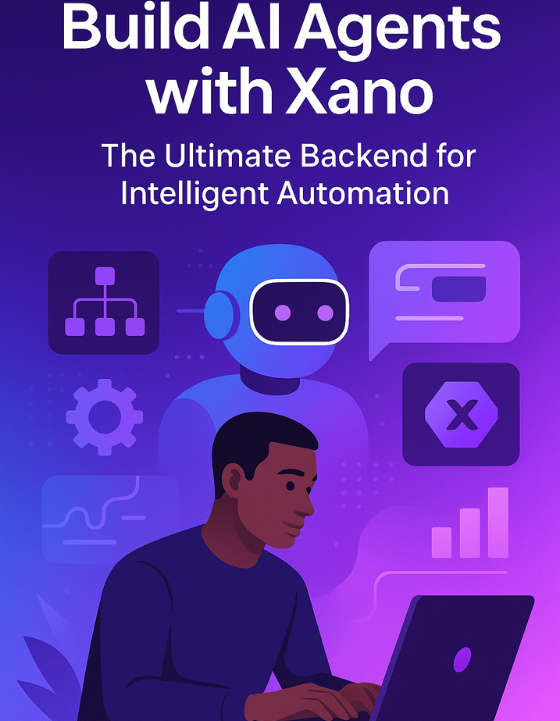
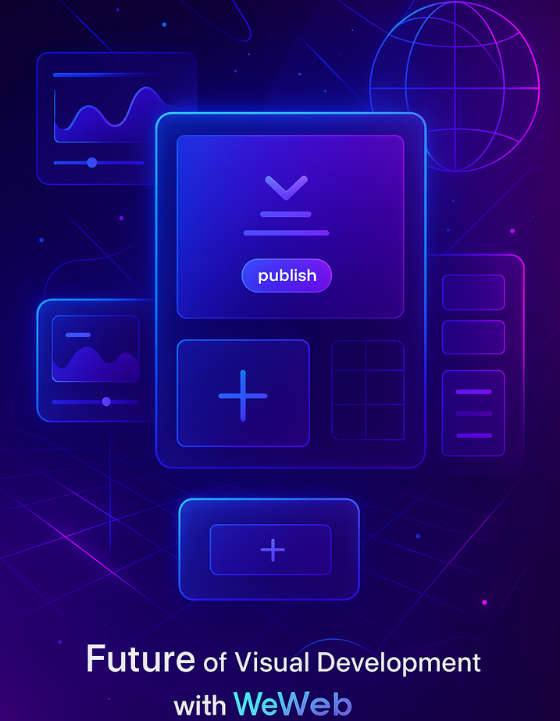
.png)
.png)
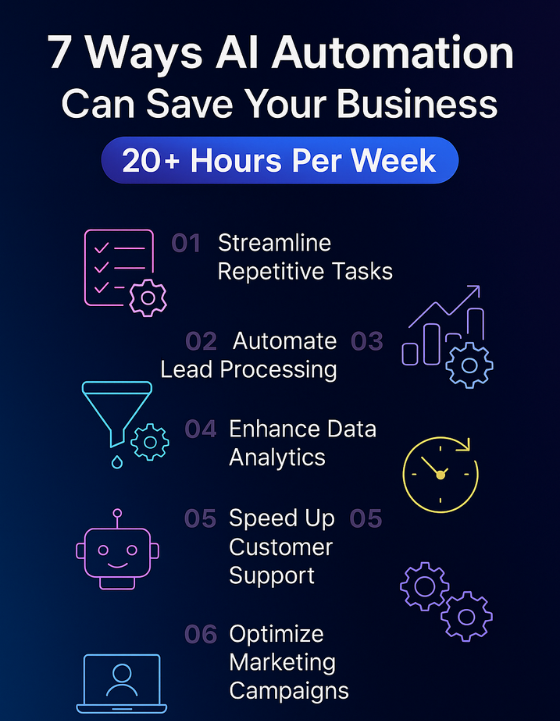
.jpg)
.jpg)

.png)

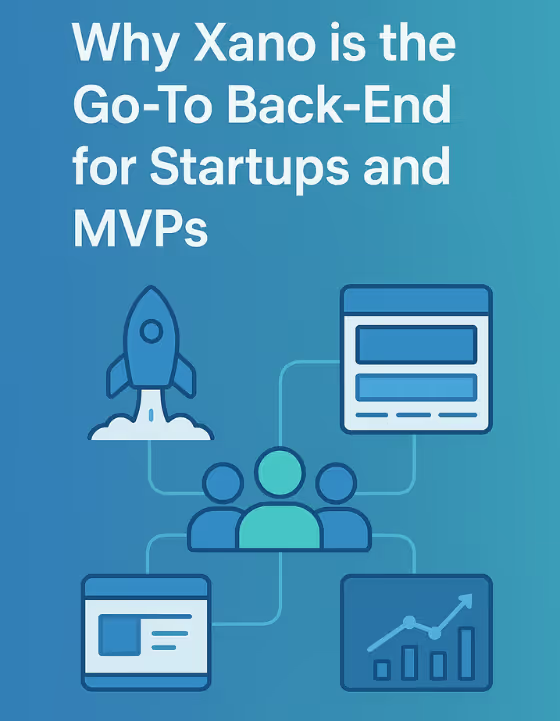


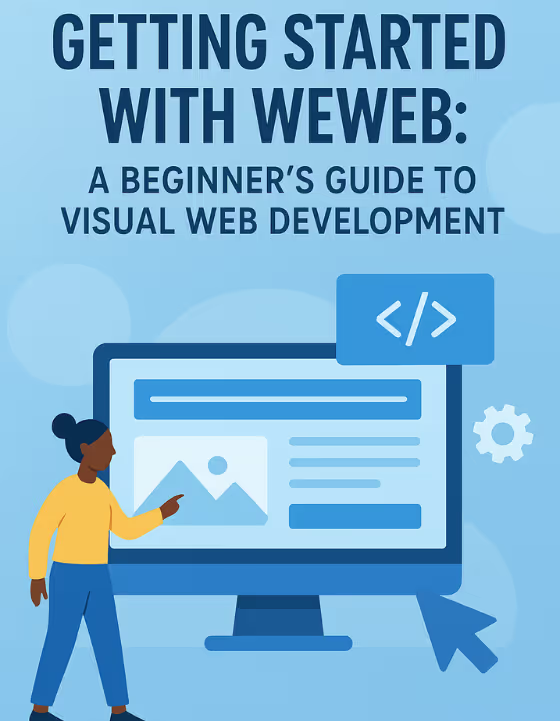
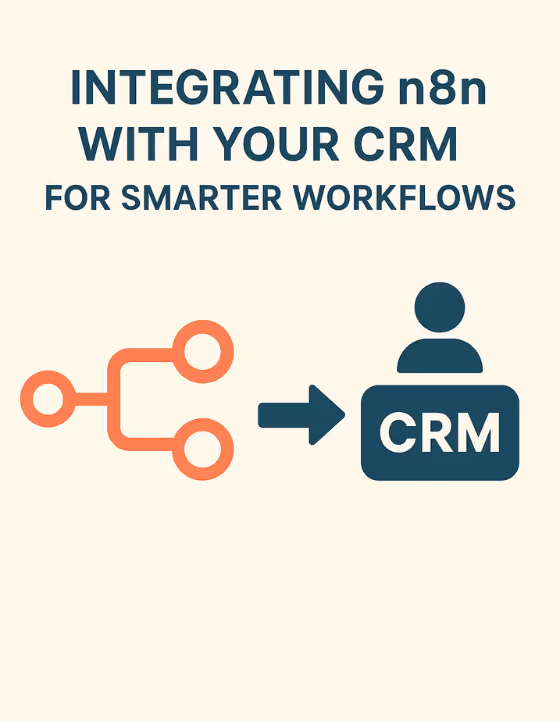
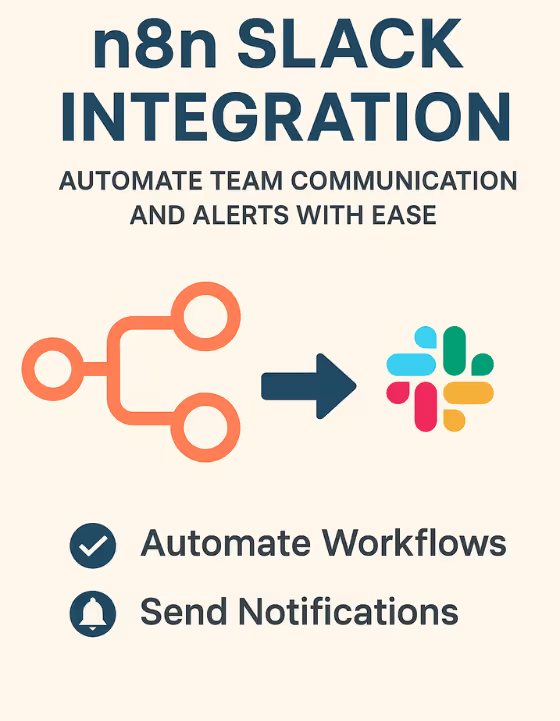














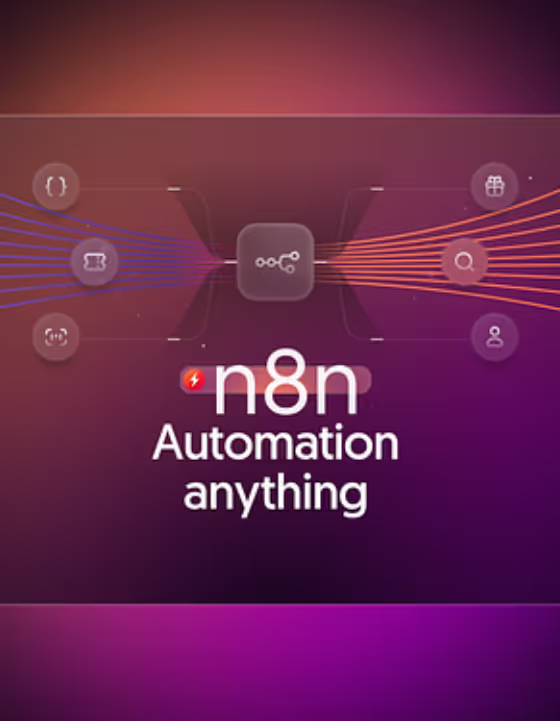


.avif)





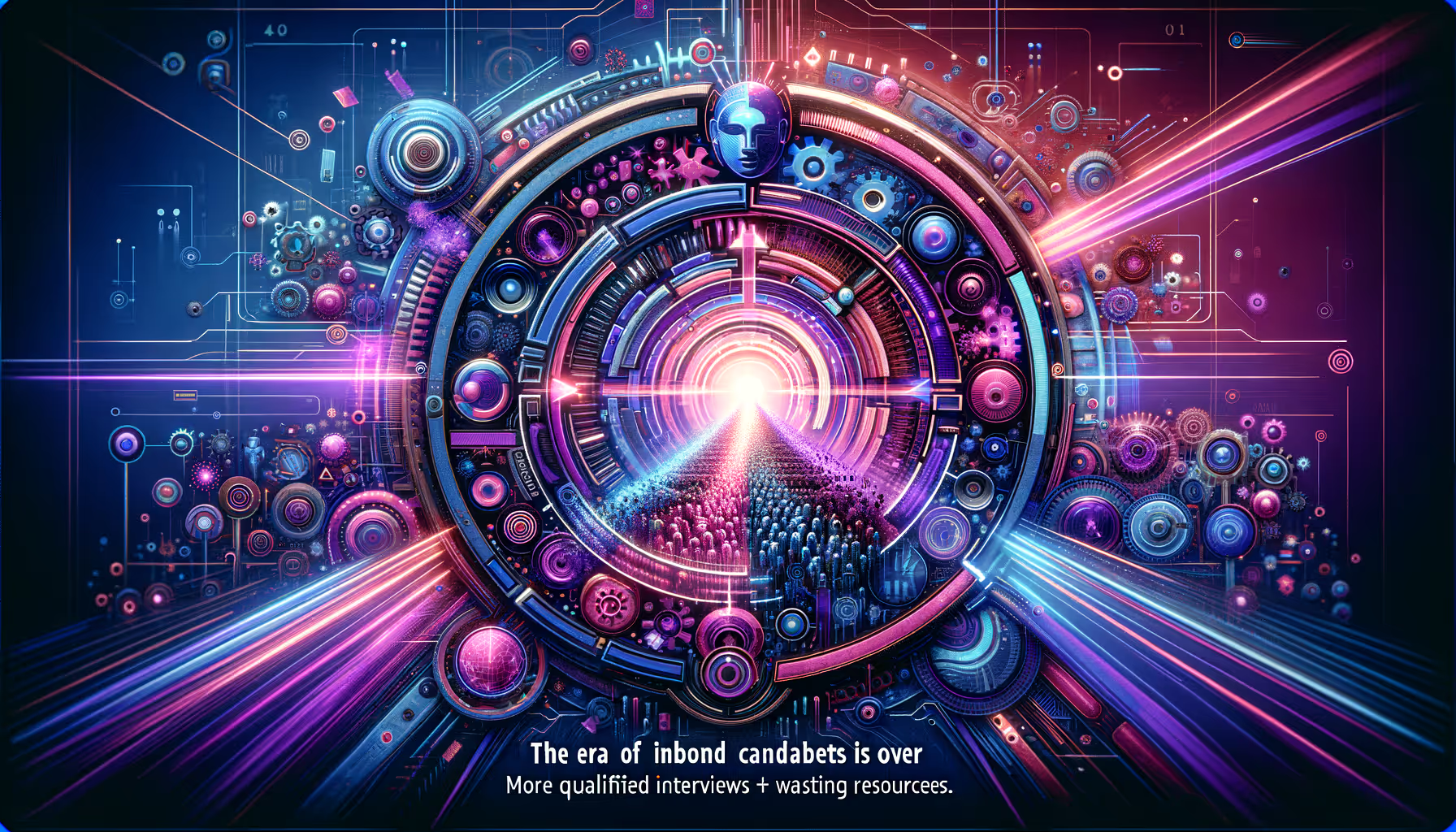
















.avif)














.avif)

.webp)





